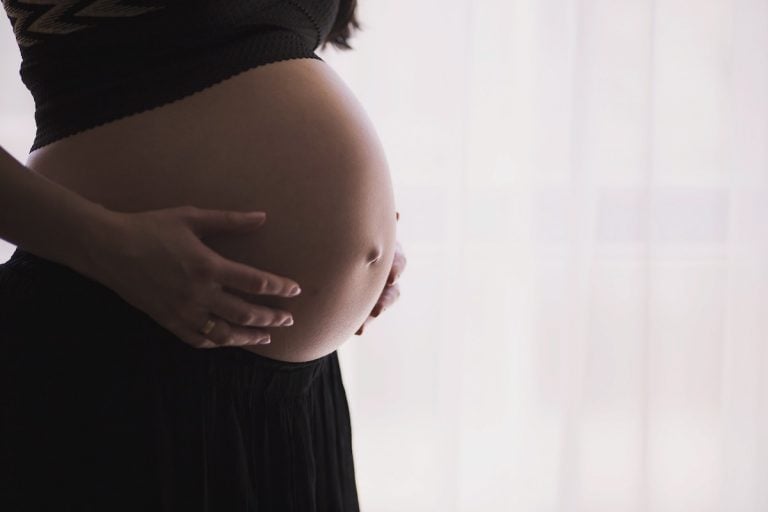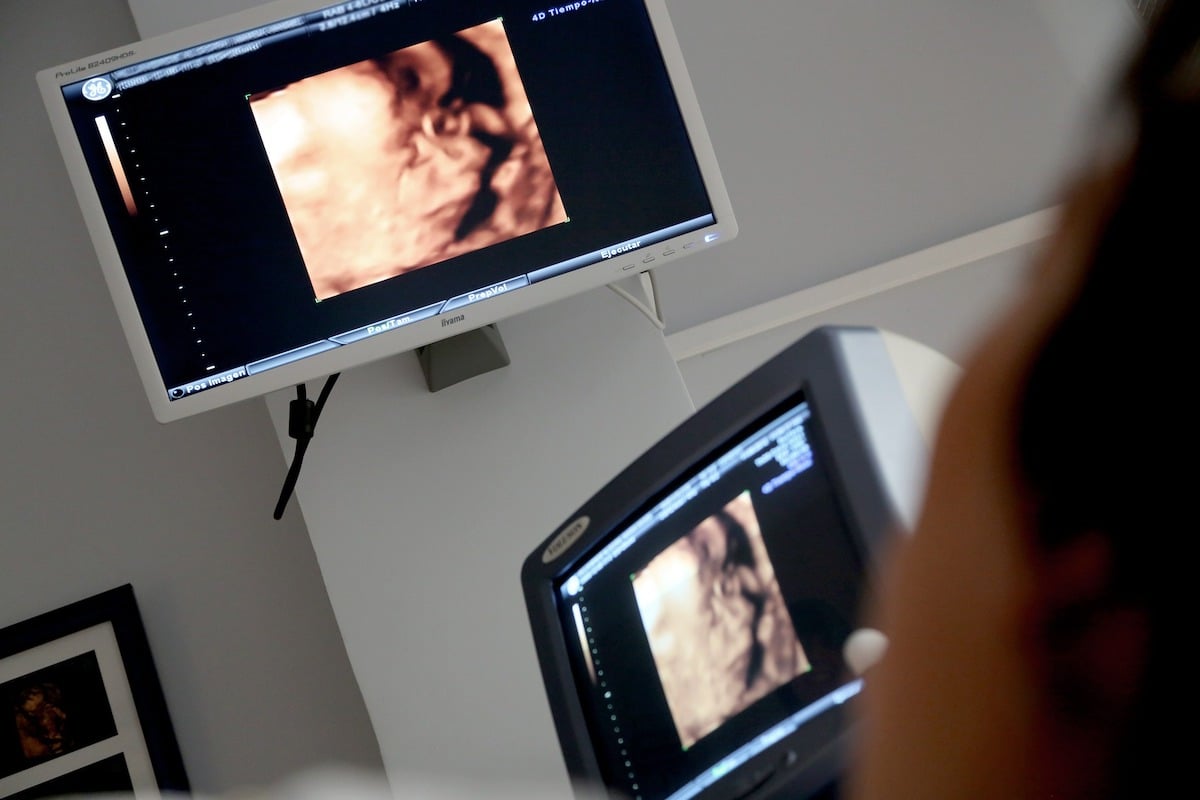
When you go to live in a foreign country, you set yourself certain goals. Learn the language to cope with routine chores, find a job, make new friends and, also someday, you may even come up with the issue of having a baby.
I am pregnant in Japan. What should I do?
Women in Japan must have some procedures to have a good pregnancy and receive support from the government. The first step is to have a health plan, something that is mandatory for everyone who lives in Japan. Paying taxes correctly will also influence the myriad benefits the government offers.
If the pregnancy test 妊娠検査 (ninshinkensa) is positive and you go to the hospital, they will send you a urine test 尿検査 (nyoukensa) and a blood test 血液検査 (ketsuekikensa). If they ratify your pregnancy, they will issue you a pregnancy notification 妊娠届 (ninshintodoke), which will detail how many weeks you have been pregnant, the estimated day of delivery and other details such as the name of the doctor or address.
The pregnancy notification received must be taken to the district council 区役所 (kuyakusho) of your neighborhood or to a public health center 保健福祉 (hoken fukushi sentaa) to register your pregnancy. In return you will receive the Maternal and Child Health Hanbook 母子健康手帳 (boshi kenkou techou), as well as many pamphlets and magazines with information about pregnancy and how to raise your baby. You will also receive a pendant that is used to identify a pregnant woman. There it is written in Japanese “onaka ni akachan imasu” (おなかに赤ちゃんにいます). This means “in my belly there is a baby.” It is often worn by many women in their purse and is very easy to identify. If you are sitting on the train and you see a woman standing wearing this identifier, don’t forget to offer your seat to her.

Maternal and Child Health Handbook
This notebook serves to record the important events that happen from the moment the baby is born until the child turns six years old. The book also contains a series of discount coupons to carry out the necessary examinations or tests during pregnancy, such as ultrasounds, analyzes or other routine visits. Pregnancy is not covered as such by the Japanese National Health Insurance. Therefore, if you do not have those coupons, you would have to assume all the medical expenses.
Once you have finished the consultation at the clinic that takes your pregnancy and you go to pay, show your notebook to the staff and they will tell you which of the coupons you can use that day. You have to take into account that both the number and the amount of each coupon may differ depending on the town hall of the district where you reside.
In addition to the aforementioned coupons, the first page of the book is necessary for requesting the Birth Certificate 出生届出済証明 (shusshou todokede zumi shoumei) when your baby is born. Remember that, once received, you will have 14 days to register your baby at the district town hall. This period is extended to 3 months if you decide to give birth in your home country and return to Japan later.
The moment of delivery
In Japan it is a normal practice to choose a clinic or hospital that deals with your pregnancy from the beginning until the moment of delivery.
For this purpose, it is recommended to search the clinics available in your district, the services they offer and their prices. The price of the delivery service plus hospitalization can be very varied, but, as a guide, 5 days and 4 nights of hospitalization included range might cost between 560,000 and 750,000 yen, depending on whether it is a room for one, two or three people and whether it includes a bathroom, shower and kitchen or not.
In the 5 days that you are admitted to the hospital, you proceed as follows: the first day corresponds to the delivery. On the third day, blood tests are performed. On the fourth day, medical examination is carried out in the room. Finally, on the fifth day, the pregnant woman is discharged. If the pregnancy requires a cesarean section, the hospital stay plan is extended to 8 days and the total price becomes much more expensive.
Maternity leave
Maternity leave in Japan begins 42 days before the expected day of delivery and ends 56 days after the day the birth occurred. In total there are 14 weeks. The pregnant woman can request 6 weeks of maternity leave before delivery and 8 weeks after the baby is born.
During this maternity leave period, the pregnant woman will receive around two-thirds of her normal salary. This salary is not paid by the company but by the health insurance.
Japanese government aid
The health insurance also subsidizes the birth of the baby with a one-time payment of 420,000 yen. The Japanese government also offers monthly grants known as 子ども手当 (kodomo teate). To request it, a form must be filled out and delivered to the town hall of the corresponding district or municipality within 15 days after the baby is born. Once the documents are presented, from birth to 3 years of age, a monthly grant of 15,000 yen is received. From 3 years of age to 12, the aid becomes 10,000 yen per month. Finally, from the age of 12 until March 31 after the child’s 15th birthday, 10,000 yen will be received each month. Once this period is over, no more aid is received.
Although having a child is considered by many to be a blessing, preparing to give birth involves a long and sometimes tedious process that is important to know in advance, especially if you carry it out in another country, like in Japan.















